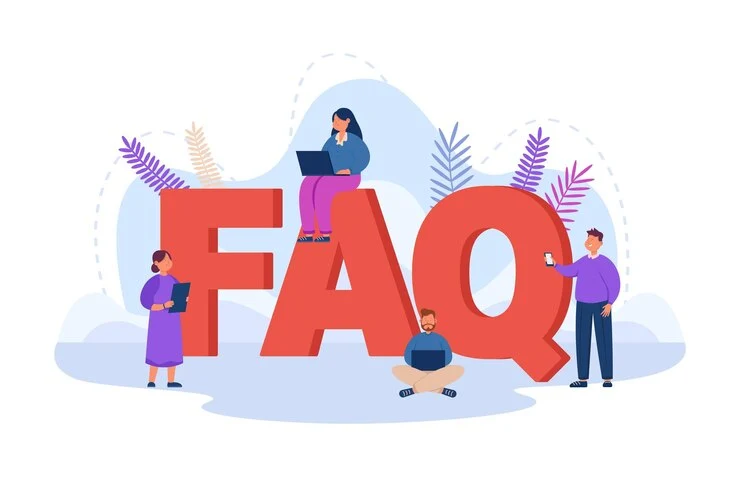-
Ganesh Talkies, Kolkata
Ganesh Talkies, Kolkata

Warning Signs After a Hysterectomy Recovery are crucial to recognize for safe healing. Learn when to seek help and how expert guidance from a reputed gynecologist can ensure peace of mind.
Recovering from a hysterectomy involves both patience and self‑awareness. While most women heal steadily, certain signs during this process warrant immediate attention. Understanding Warning Signs After a Hysterectomy Recovery ensures you stay informed, ready to act, and confident in your healing journey.
Shared by top surgeons, this guide helps you identify what’s normal and what needs medical help.
Post‑surgical recovery isn’t just about resting—it’s about recognizing when your body is on the mend and when it’s calling for medical support. Missed or misunderstood symptoms can delay care or lead to complications. With clarity on Warning Signs After a Hysterectomy Recovery, you’re well-prepared to act early, avoid stress, and reestablish wellness with confidence.

It’s natural to feel discomfort in the first few days, but pay attention if:
These symptoms may suggest infection, internal bleeding, or adhesions.
Mild spotting is normal in early recovery, but serious warning signs include:
Unusual bleeding can signal infection or internal issues like hemorrhage or urine leakage.
Low-grade fever (up to 100°F / 38°C) may surface post-surgery. But get evaluated if:
These may indicate an infection—such as a urinary infection or wound-related.
Pain during urination, urgency, or frequency may mean a urinary tract infection (UTI). Don’t wait—UTIs can impact vaginal healing and complicate recovery.
Mild bloating happens early on, but persistent digestion issues might be signs of:
A swollen or painful calf, ankle, or thigh can be a sign of a blood clot. If gentler pain is accompanied by redness, warmth, or worsens when standing, report it immediately.
Feeling faint or unusually weak may arise from bleeding, low blood pressure, or dehydration. If dizziness persists, it’s important to check with care providers.
Shortness of breath, chest tightness, or palpitations are rarely “just stress.” These may indicate blood clots in the lungs or cardiac complications, requiring urgent evaluation.
Staying vigilant but calm helps balance self-care with awareness.
Even with warning signs in focus, healthy habits support recovery:
Strong support early decreases forceful warning signs later.

Q1. When should I call my doctor?
If any symptom feels unusual, intensifies, or doesn’t resolve in 24–48 hours. A call is always better than worry.
Q2. Is mild fever okay in the first week?
Yes, temps up to 100°F are typical. Spiking above 100.4°F or lingering fevers need evaluation.
Q3. How long should vaginal discharge continue?
Light spotting is normal up to 4–6 weeks. Heavy bleeding or foul odor is not.
Q4. Are bloating and gas normal?
Early bloating may occur. Severe, persistent bloating or constipation after 3 days should be addressed.
Q5. How can I prevent blood clots?
Stay hydrated, move frequently, wear compression stockings, and walk daily—even short distances.
Understanding Warning Signs After a Hysterectomy Recovery is empowering, not fearful. It’s about healing confidently, knowing your body, and responding when it nudges you.
By watching vital signs, resting smartly, and communicating promptly with experienced healthcare providers, your recovery can remain smooth, safe, and well-supported.
Many individuals credit their successful healing to compassionate medical professionals who combine clinical expertise with genuine empathy. Having access to such attentive post-surgery care can make a significant difference in both confidence and comfort during the recovery process.